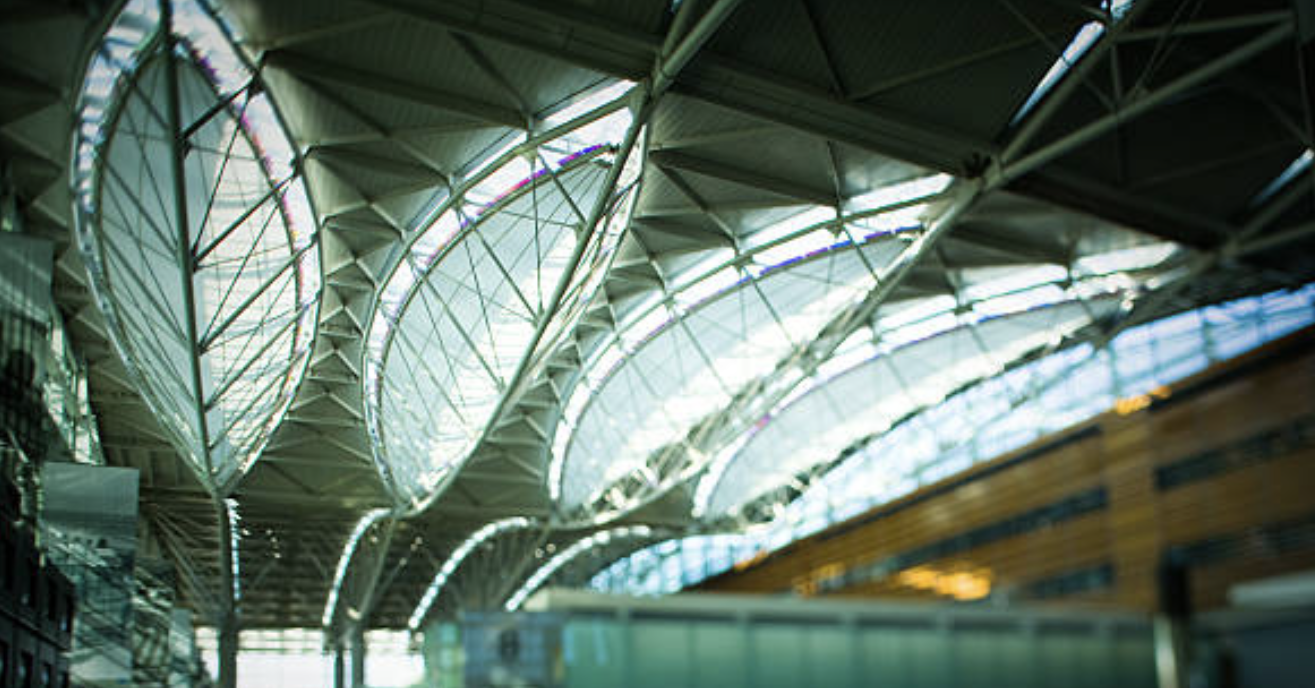Understanding the Extreme Heat and How to Prepare for It
Australia is known for its varied climate, but when it comes to extreme weather events, heatwaves stand out as a common and dangerous occurrence, especially during the hotter months. Whether you’re a resident or a traveler, understanding Australia’s heatwave weather, how to prepare for it, and how to survive during one is essential. This post will explore the nature of heatwaves in Australia, their impact, and practical tips for staying safe when the temperatures soar.
What is Australia Heatwave Weather?
An Australia heatwave is characterized by prolonged periods of excessively hot weather, often with temperatures reaching into the high 30s or even 40s Celsius (°C). Heatwaves typically affect multiple regions of the country and can last several days. They are usually accompanied by high fire danger, as the hot, dry conditions provide ample fuel for fires to ignite and spread rapidly.
For instance, during a recent weather forecast, cities like Sydney, Melbourne, and Adelaide were bracing for hot weather over the weekend. Adelaide, in particular, was expected to reach a sweltering 39°C, Melbourne 36°C, and Sydney a high of 37°C. This extreme heat is particularly concerning as it can cause a range of health and safety risks for people and communities.
How Can You Prepare for a Heatwave?
Heatwaves can be unpredictable and dangerous, but with the right preparation, you can minimize their impact. Here are several steps to help you get ready:
- Stay Informed: Regularly check weather forecasts and heatwave alerts from the Bureau of Meteorology to stay updated on temperature changes. This will help you anticipate when a heatwave is coming.
- Hydration is Key: Drink plenty of water before, during, and after the heatwave. This helps to keep your body cool and prevents dehydration, which is common during extreme heat.
- Limit Outdoor Activities: During a heatwave, avoid strenuous outdoor activities during the hottest part of the day (typically from 10 am to 4 pm). If you must be outside, take frequent breaks and wear a hat, sunglasses, and sunscreen.
- Create a Cool Environment: Use fans or air conditioning to cool your home. If you don’t have access to air conditioning, spend time in air-conditioned public spaces like shopping centers or libraries.
- Prepare for Fire Danger: With high temperatures often come elevated fire risks. Ensure that your property is fire-safe by removing dry leaves, twigs, and other flammable materials from gutters and yards.
- Dress Appropriately: Wear lightweight, loose-fitting, and light-colored clothing. This will help your body release heat more efficiently.
What Happened with Heatwaves in Australia?
Australia has recently experienced several instances of extreme heat. For example, over the weekend, Sydney, Melbourne, and Adelaide saw temperatures soar well into the high 30s. Adelaide reached 39°C, while Melbourne reached 36°C. These conditions are known to strain power supplies, lead to increased fire risks, and cause health problems like heat exhaustion and heatstroke.
As the heat moved across the country, New South Wales and Victoria felt the brunt of the heatwave. Inland towns like Port Augusta and Renmark in South Australia saw temperatures rise to 41°C and 42°C, respectively. Mildura in Victoria was also set to hit 41°C. The hot weather brought with it elevated fire dangers, particularly in southern South Australia, where extreme fire danger warnings were issued.
The heatwave also led to record-breaking overnight temperatures in northern Victoria, with Shepparton and Albury-Wodonga experiencing unusually warm March minimums. After the peak of the heat, a cold front swept in, bringing cooler temperatures, thunderstorms, and gusty winds, which helped to bring an end to the heatwave but also created new challenges.
Does Heatwave Always Happen Across Australia?
Not every part of Australia experiences heatwaves at the same time, as the country’s vast size and diverse geography mean that different regions have different climate patterns. While some areas like the Outback and parts of South Australia regularly experience extreme heat, cities like Sydney, Melbourne, and Adelaide tend to face heatwaves more infrequently. However, heatwaves can still strike these cities, as they have done recently.
Inland towns and rural areas are generally more prone to extreme temperatures, with places like Broken Hill in New South Wales and Port Augusta in South Australia frequently experiencing extreme heat. During a heatwave, the southern parts of Australia often bear the brunt, particularly in Victoria, New South Wales, and South Australia.
How to Survive a Heatwave as a Traveler in Australia
As a traveler in Australia, you need to be especially cautious during a heatwave. Here’s how to survive when temperatures rise:
- Stay Indoors During Peak Heat: If you’re in an area experiencing a heatwave, try to stay indoors during the hottest part of the day. This is particularly important if you’re in cities like Melbourne or Adelaide, where temperatures can reach 39°C or higher.
- Find Shelter in Public Spaces: If you’re out and about and don’t have air conditioning, head to public spaces such as shopping malls, cinemas, or libraries that are typically air-conditioned.
- Know the Risk of Fires: Heatwaves often come with heightened fire risks, so stay alert for any fire danger warnings. Avoid any activities that could start a fire, and stay far away from active fires.
- Take Advantage of Water: Whether you’re at a beach or in a city, always have access to water to help regulate your body temperature. Swimming in cool water or enjoying cold drinks can provide much-needed relief.
- Travel Smart: If you’re traveling through rural or remote areas during a heatwave, take extra precautions. Carry plenty of water, avoid traveling during the hottest times of the day, and ensure your vehicle is in good condition, as breakdowns are more dangerous during extreme heat.
Do Not Ignore Australia Heatwave Weather
Heatwaves are a common and often dangerous feature of Australia weather, and being prepared for these extreme conditions is crucial. Whether you’re a local or a traveler, staying informed, hydrated, and cool can make a significant difference during a heatwave. Always be cautious when temperatures reach alarming highs, and take the necessary precautions to ensure your health and safety. By understanding the risks and knowing how to handle the heat, you can survive and thrive in Australia’s extreme weather.




